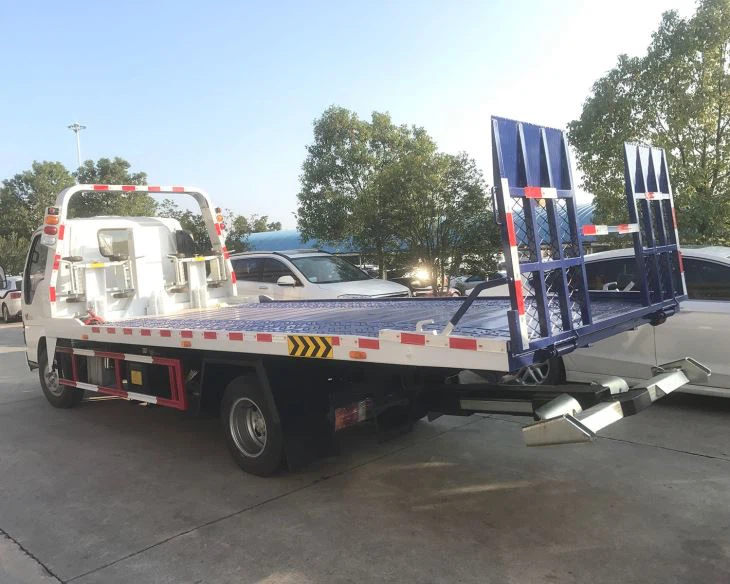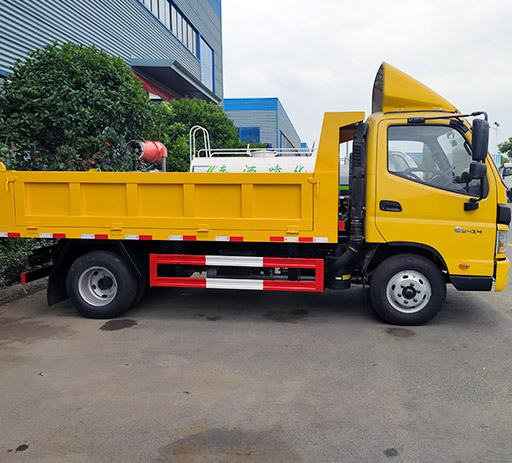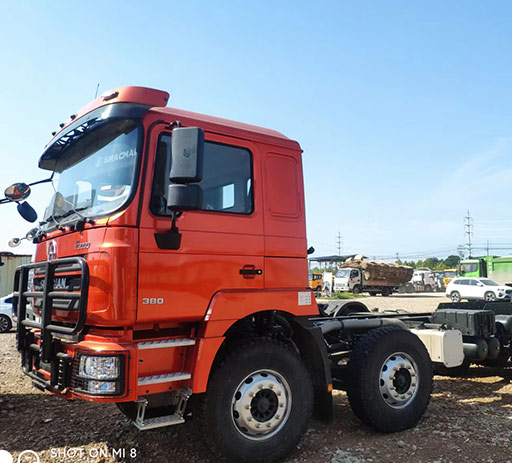Ultimate Guide to Garbage Truck Model Kits: Build Your Collection Today!

Garbage truck model kits are a niche yet fascinating hobby for enthusiasts who enjoy assembling intricate models that replicate real-life vehicles. These model kits not only offer a creative outlet but also serve as educational tools for understanding the anatomy of trucks and waste management systems. In this article, we will explore various aspects of garbage truck model kits, from types and features to tips on how to build and paint them effectively. Whether you’re a beginner or a seasoned collector, this guide is designed to help you navigate the world of garbage truck model kits with ease.
Understanding Garbage Truck Model Kits
Garbage truck model kits are scale replicas of real garbage trucks. These kits come in various sizes and complexities, ranging from simple snap-together models for beginners to highly detailed kits aimed at advanced hobbyists. The level of detail, materials, and features such as working parts or decals can vary widely between kits.
Types of Garbage Truck Model Kits
There are several types of garbage truck model kits available in the market. Here, we break them down into categories based on their complexity and features.
1. Snap-Together Kits
Snap-together kits are perfect for beginners or younger hobbyists. They typically require no glue or tools, making them an excellent starting point for anyone interested in model building.
2. Glue Kits
Glue kits require assembly using adhesive and can be more complex than snap-together versions. They often allow for higher detail and customization. These kits are suitable for intermediate to advanced model builders.
3. Die-Cast Models
Die-cast models are pre-assembled replicas made from metal and plastic. They usually represent higher quality and detail but do not allow for customization or assembly. They are perfect for collectors who prefer display pieces over working models.
4. Custom Kits
For experienced builders, custom kits offer a challenge. These kits allow for significant personalization, including paint schemes and modifications to the model structure itself. They often come with detailed instructions and parts lists.
Popular Brands of Garbage Truck Model Kits
There are several reputable brands that manufacture garbage truck model kits. Each brand offers different styles and levels of detail. Here are some popular choices:
| Brand | Type | Features |
|---|---|---|
| Revell | Glue | High detail, multiple options for accessories |
| AMT | Glue | Customizable parts, various scale options |
| Matchbox | Die-Cast | Ready to display, durable material |
| Model Roundup | Custom | Variety of models, extensive parts |
Choosing the Right Garbage Truck Model Kit
When selecting a garbage truck model kit, consider your skill level, interests, and the level of detail you desire. Here are some factors to keep in mind:
Skill Level
Determine whether you’re a beginner, intermediate, or advanced model builder. Choose a kit that challenges you without becoming overwhelming.
Size and Scale
Model kits come in various scales, such as 1:24 or 1:64. The choice of scale can affect the model’s size and detail. Consider where you plan to display the model before making a decision.
Detail Level
Decide how much detail you want in your model. Higher detail kits may have more parts and require advanced building techniques.
Budget
Garbage truck model kits range in price. Set a budget before starting your search and be mindful of the additional tools or materials you may need to complete the model.
Essential Tools and Materials for Building Garbage Truck Model Kits
Building garbage truck model kits requires specific tools and materials to achieve the best results. Here’s a list of essential items:
- Modeling Knife: Ideal for cutting parts from the sprue.
- Cutting Mat: Protects your work surface while cutting.
- Glue: Use model-specific adhesive for secure bonds.
- Paints and Brushes: Acrylic paints are often recommended for model painting.
- Tweezers: Helpful for placing small parts accurately.
- Sandpaper: For smoothing edges and surfaces.
- Clamps: Useful for holding pieces in place while the glue dries.
Steps to Build a Garbage Truck Model Kit
Building a garbage truck model kit is a rewarding experience that allows you to express your creativity. Follow these steps for a successful build:
Step 1: Prepare Your Workspace
Set up a clean, well-lit area where you can work without distractions. Make sure all necessary tools and materials are within reach.
Step 2: Read the Instructions
Before beginning assembly, read through the instruction manual carefully. Familiarize yourself with all parts and tools needed.
Step 3: Remove Parts from the Sprue
Use a modeling knife to carefully cut parts from the sprue. Avoid applying too much force to prevent breaking.
Step 4: Assemble the Main Body
Start by constructing the main body of the garbage truck. Follow the instructions for part placement and glue application.
Step 5: Detail Work
Add smaller parts and details, such as mirrors, lights, and decals. Paint these parts before attachment for a polished look.
Step 6: Final Touches
Once the model is fully assembled, apply a final coat of paint or sealant to protect your work and enhance its appearance.
Painting Your Garbage Truck Model
Painting is an essential part of creating a stunning garbage truck model. Here are some tips:

Choose the Right Paint
Acrylic paints are often the best choice for model kits due to their ease of use and quick-drying properties.
Use a Primer
Applying a primer before the paint can help improve adhesion and create a uniform finish.
Apply Multiple Coats

For rich colors, apply multiple thin layers of paint instead of one thick coat.
Add Detail with a Brush
Use fine brushes to add details such as highlights and shading to give your model depth.
Showcasing Your Garbage Truck Model
Once your garbage truck model is complete, it’s time to showcase your hard work. Here are some ideas:
Display Cases
Invest in a display case to keep your model safe from dust and damage while allowing others to appreciate your craftsmanship.

Model Shows
Participate in local model shows or competitions to exhibit your work and connect with other enthusiasts.
Frequently Asked Questions (FAQs)
1. How long does it take to build a garbage truck model kit?
The time required to build a garbage truck model kit can vary significantly based on the complexity of the kit and the builder’s experience. Simple kits can take a few hours, while detailed ones may take several days to weeks.
2. Can I modify my garbage truck model?
Yes! Advanced builders often customize their models with different paint jobs or additional accessories. Custom kits are designed specifically for modifications.
3. Where can I buy garbage truck model kits?
Garbage truck model kits can be purchased from hobby shops, online retailers, and model shows. Websites like Amazon and eBay also offer a wide variety of options.
4. What age group are garbage truck model kits suitable for?
Garbage truck model kits are suitable for all ages, but be sure to choose a kit that matches the builder’s skill level. Snap-together models are great for younger hobbyists.
5. Do I need special tools to build a model kit?
While you can use regular household tools, specific modeling tools like knives, tweezers, and glue are recommended for the best results.
6. How do I care for my finished model?
Keep your model in a cool, dry place away from direct sunlight. Consider using a display case to protect it from dust and accidental damage.
